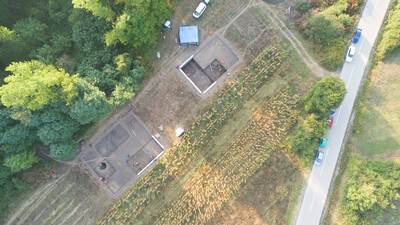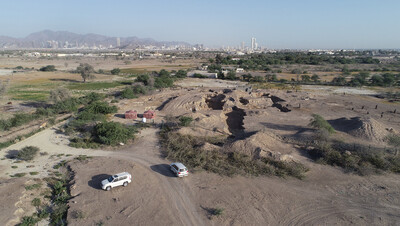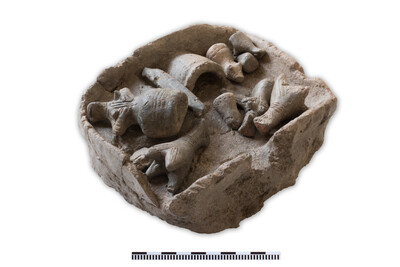
Die Forschungsgruppe »Prehistoric Phenomena« untersucht die entscheidenden Veränderungen der menschlichen Gesellschafts- und Lebensmodelle, die vom frühen Holozän bis zu den beginnenden Metallzeiten (ca. 10.–3. Jahrtausend v. Chr.) im Gebiet von Asien bis Südosteuropa zu beobachten sind. Im Fokus stehen die ersten sesshaften Ackerbaukulturen im Neolithikum, ihre soziokulturellen Strukturen sowie technologische und innovative Prozesse bis zur Entstehung erster protourbaner Gesellschaften im Verlauf der Kupfer- und frühen Bronzezeit.



















